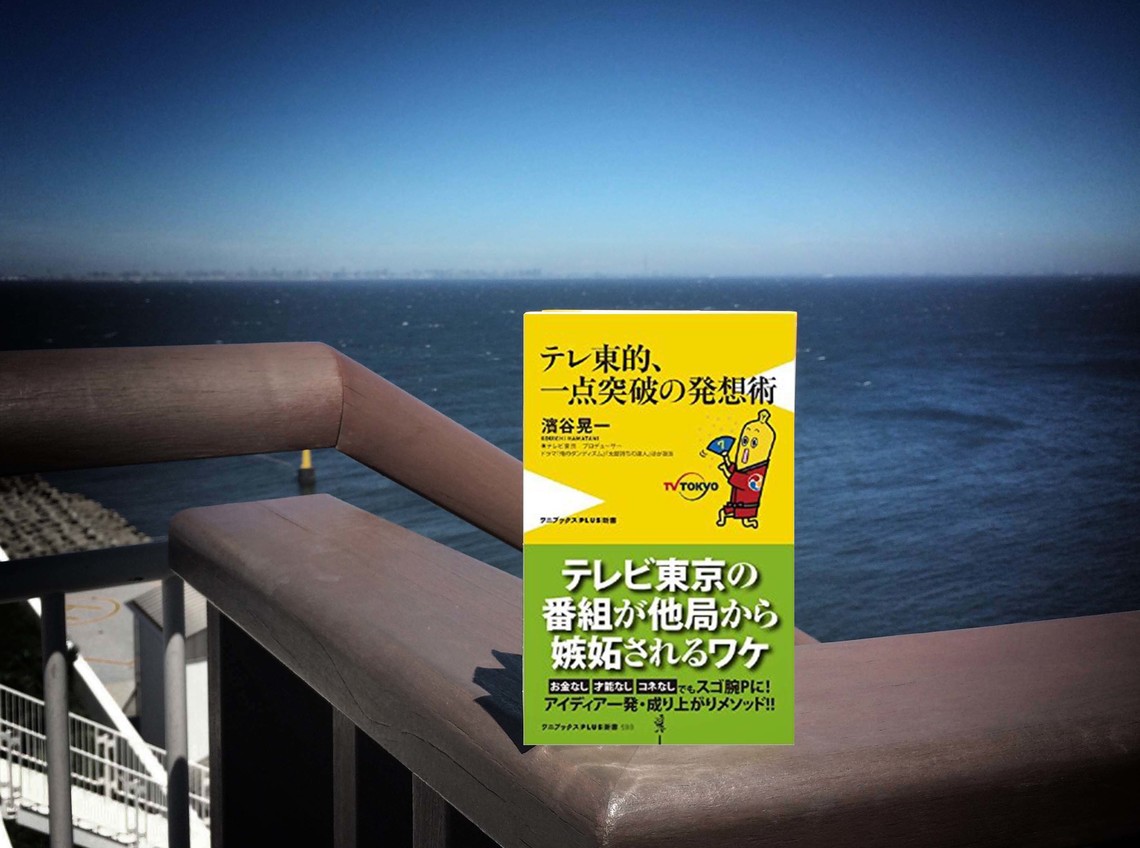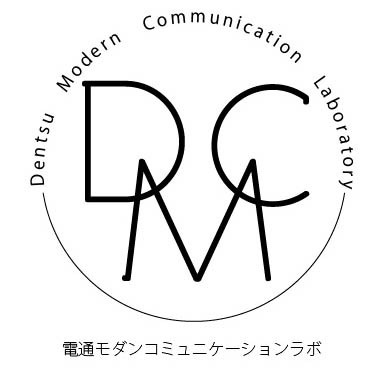TV Tokyo has been doing well these past few years.
In the past, its average ratings were lower compared to other networks, and personally, I used to only think of anime, golf, and World Business Satellite. Also, for example, when major incidents or accidents occurred, while other networks would schedule special programs, TV Tokyo would just keep airing anime as if nothing happened, becoming a meme online. It had this image of being a niche TV station with a unique position.
Recently, however, I've been watching Channel 7 much more often. I absolutely love shows like "Moteki" (which became a movie—I own the Blu-ray!) and "Gourmet Alone," and I get thrilled when local spots are featured. I even started watching election specials for the relentless commentary from Akira Ikegami, and indeed, his 2014 "Ikegami Akira's General Election Live" topped the ratings among commercial broadcasters' election coverage.
The book I'm introducing today, "TV Tokyo's One-Point Breakthrough Thinking" by Koichi Hamatani (Wani Books), compiles the secrets behind TV Tokyo's energetic programming.
If you don't have a budget, cover it with ideas
Author Koichi Hamaya is a drama producer at TV Tokyo, known for unique dramas like "My Dandyism," "Working Dead," and "The Master of Flattery."
I vividly remember coming home, turning on the TV, and accidentally catching "The Master of Flattery" – I was instantly hooked.
Throughout this book, references appear that TV Tokyo operates with a smaller production budget than other networks. From an advertising agency perspective, a network with fewer affiliate stations and lower (historically) ratings inevitably attracts less advertising revenue. Consequently, production costs must be kept low.
"When told the budget was XX million yen, producers from other networks said, 'You can't make a show with that budget!' But TV Tokyo producers would say, 'If we had that much money, we wouldn't know what to do with it.'" (P.14-15)
For example, "You, Why Did You Come to Japan?" is an overseas variety show that doesn't actually go overseas. It catches foreigners arriving at Narita Airport, interviews them, finds connections between the foreigners and Japan, and turns that into a story. The travel expenses typically incurred by overseas variety shows are zero. Instead, it relies on an overwhelming number of interviews to find the rare interesting story and turn it into a program.
People who must constantly generate ideas possess multiple methods for doing so. This book, packed with such methods and know-how, is structured as follows:
TV Tokyo's Idea First Principle
No Seniority in Ideas!
TV Tokyo's Forced Idea Mass Production! 7 Secrets
7 "Sa" to Give Your Plan an Edge
Nice Flashes Born from "Nothing"
Ideation Techniques from TV Tokyo's Spotlight Producers
TV Producer from a 29 Standard Deviation Score
I too often used the idea-combining approach for project conception when stuck. The chapter " TV Tokyo's Forced Idea Mass Production! 7 Secrets " outlines crucial tips for more efficient ideation, such as "combining two ideas as far apart as possible" and "fixing one idea and combining various elements with the other to generate concepts."
While a limited budget is one constraint, deliberately setting restrictions or rules actually makes it easier to generate ideas.
From a test score of 29 to passing Keio and Waseda after one year of retaking exams
Furthermore, the chapter "Ideation Techniques from TV Tokyo's Top Producers" features interviews with six hit-making producers at TV Tokyo, including Takayuki Ito from "Moyamoya Samaazu."
Producer Ito, who admitted he didn't know what he wanted to do as a TV professional during his early days, said:
"99% of people are ordinary. But believe in that 1% genius within yourself." (P.150)
This book offers incredible value, not only sharing the author's own creative techniques but also revealing the ideas, essence, and methods for writing and pitching proposals from six other professionals.
And the "bonus" final chapter features his story of passing the entrance exams for Keio and Waseda after one year of retaking them, despite having a high school entrance exam score of 29, and his "one-point breakthrough" job-hunting technique that got him hired at TV Tokyo.
"Condensing all your experiences and choices into your motivation for applying" (P.201)
I deeply agree that this is the ideal presentation for job hunting. It's almost identical to what I advise when reviewing motivation statements during alumni visits.
Between chapters, "Columns: Beloved Rejected Proposals" introduce ideas the author pitched that got rejected. They make you chuckle while also impressing you with the persistence: "So they considered this kind of idea too?" and "They didn't give up, finding a way for it to see the light of day in this form."
For those struggling with ideas, it helps organize your own thinking process. Beyond idea generation, it's sprinkled throughout with useful mindsets, attitudes, and habits for approaching work positively. It's so engaging you'll read it in one go—I highly recommend picking it up.






